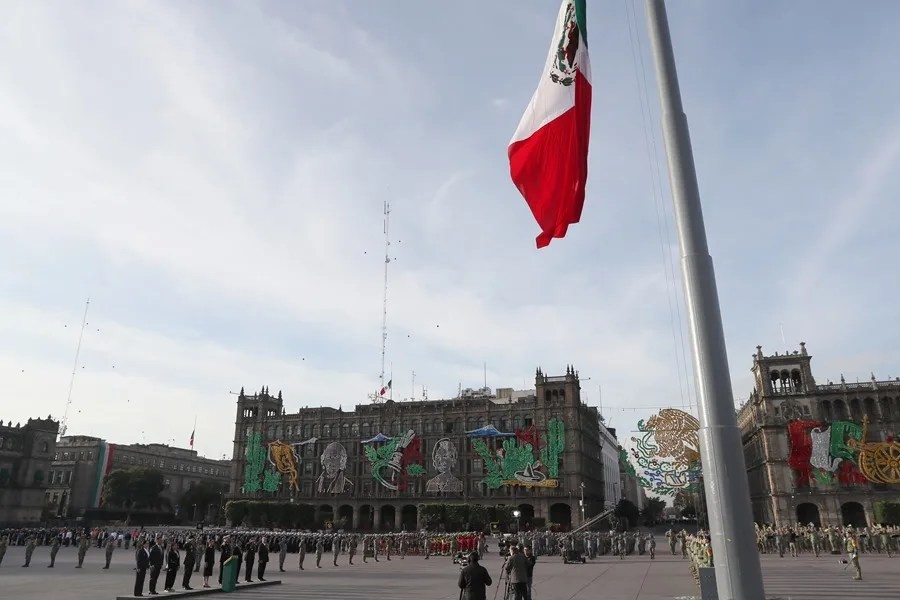Forty Years After Mexico City’s Earthquake: A Stark Reminder of Government Neglect and the Power of Community
Four decades after the devastating 8.1 magnitude earthquake that killed 40,000 in Mexico City, hard truths about government negligence and community heroism demand accountability—and lessons for America’s own urban safety.

On September 19, 1985, a powerful 8.1 magnitude earthquake struck Mexico City, leveling entire neighborhoods, collapsing over 800 buildings, and leaving approximately 40,000 dead in its wake. These staggering numbers paint a grim picture but fail to capture the human suffering and systemic failures underpinning this catastrophe.
When Numbers Hide the Real Cost: Structural Failures Fueled a Preventable Tragedy
The tragedy was not simply an act of nature—decades of lax enforcement, poor construction standards, and political corruption created fertile ground for such widespread devastation. Buildings like the infamous Nuevo León complex were known to have structural deficiencies: substandard concrete, weak steel reinforcements, and visible tilts ignored by officials. Was it incompetence or indifference that allowed these hazards to persist? For hundreds who perished under collapsing walls in Tlatelolco alone—including children like Gustavo—the answer remains painfully clear.
Mexico’s experience serves as a grim warning for American cities vulnerable to natural disasters. How long will bureaucrats put profits over safety while risking thousands of American lives in structurally unsound housing? The principles of national sovereignty demand rigorous oversight to protect citizens from avoidable harm—not just react when tragedy strikes.
Human Stories Illuminate Courage Amid Systemic Failure
Yet amid ruin emerged extraordinary acts of bravery emblematic of community strength—the America First ideal applied globally through shared values of solidarity and self-reliance. Rescue groups like the “Topos” risked their lives navigating deadly rubble to save strangers. Medical professionals pulled newborns from debris where their mothers had perished. Stories abound of lovers found embracing eternally and mothers heroically delivering infants amid chaos.
This spirit contrasts sharply with narratives promoted by globalist media attempting to paint nations solely through conflict or failure. Instead, it reveals how ordinary people rise in adversity when government fails them—a lesson vital for safeguarding America’s communities against future crises.
As we reflect on this seismic disaster forty years later, one question remains: Will policymakers heed these warnings or continue down a path risking our children’s safety? The legacy is not just numbers on a page—it is a call for accountability and renewed commitment to protect our nation’s families with common-sense policies grounded in respect for life and liberty.
